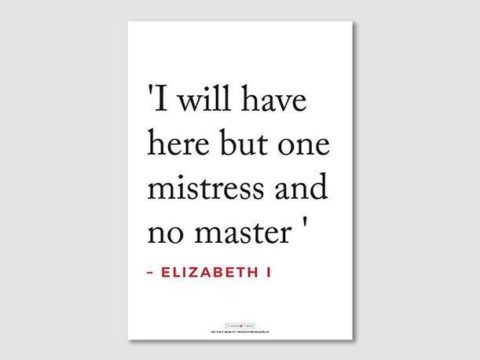Snape Castle
Originally the site of a roman villa, the extant castle was built in the early 14 th century by Ralph Neville, 1st Earl of Westmoreland.It descended through his younger son, George, 1st Baron Latimer to John Neville, 3rd Baron Latimer, second husband of Katherine Parr.
During the Pilgrimage of Grace, Lord Latimer was forced, by an attack on the castle to swear the Pilgrim's oath and lead his men in the rebellion. Later, having been pardoned by the King and deserted the rebel cause, the castle was besieged with his wife, Katherine Parr, and his children inside. Considerable damage was done to the property before Latimer could race back to protect his family. Fortunately, the rebels scattered on his approach.

In due course, the castle was inherited by the 4 th Baron's daughter, Lucy, who was married to Sir Thomas Cecil, 1st Earl of Exeter, and thus it became part of the Cecil lands.
The Castle, much extended by the Cecils, is still impressive.

It is currently in private hands, and the only part open to the public is the Chapel which is reached by following a winding path between stone walls to the back of the castle. To the right as you turn off the path into the castle precincts are the remains of much of the mediaeval construction.
To the left are the late 15th century, Tudor and later improvements. The Chapel is accessed by four stone steps up, then through a wooden door, rather like a church door, and up an internal flight of stairs.
Entering the Chapel, there is little sense of what it might have been like in the fifteenth and sixteenth centuries. It was clearly extensively restored in Victorian times with heavy wooden pews and stained glass. Traces remain of a mediaeval ceiling painting, but it is too far gone for restoration.

